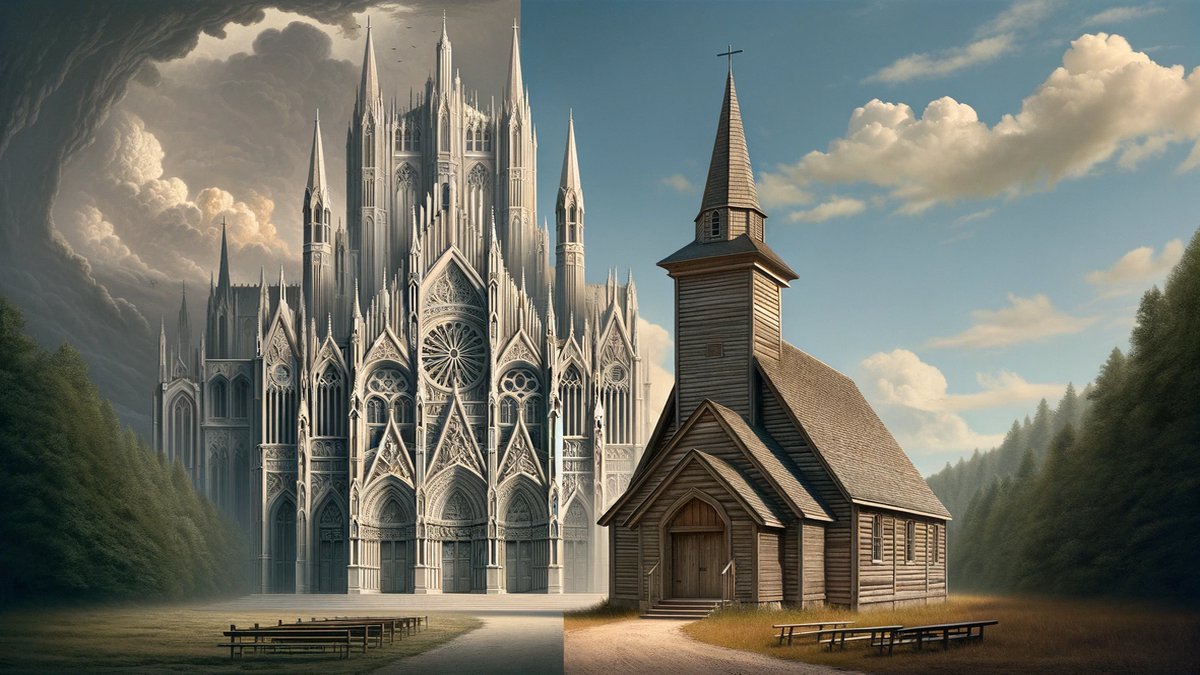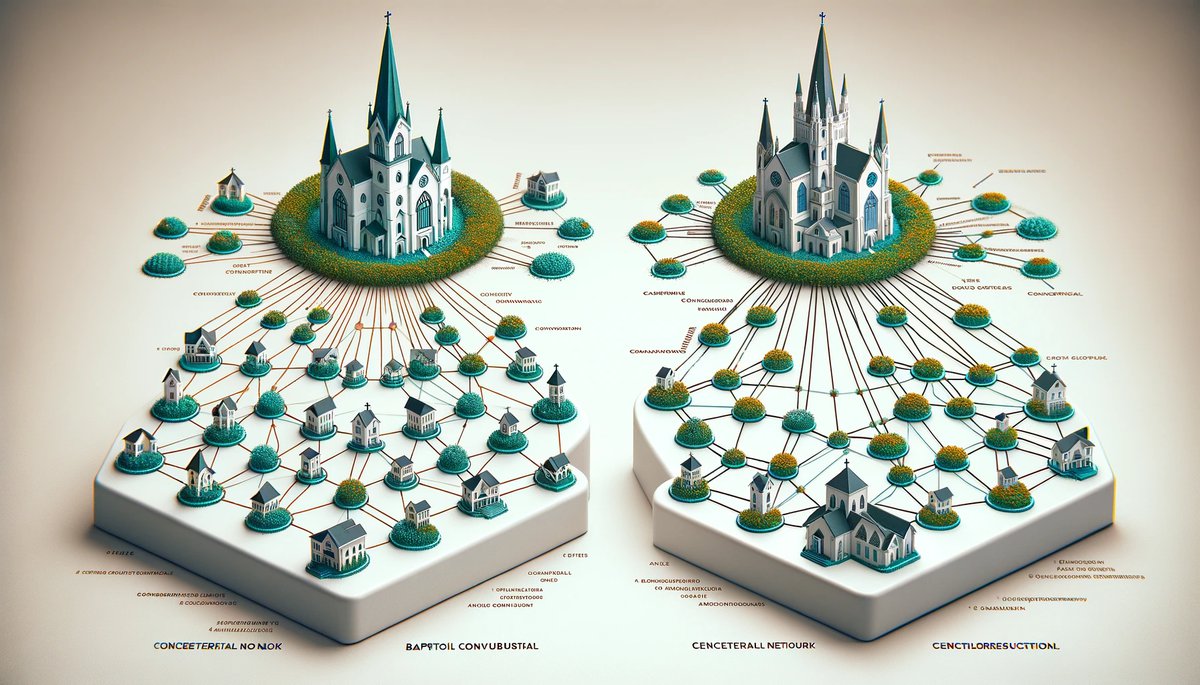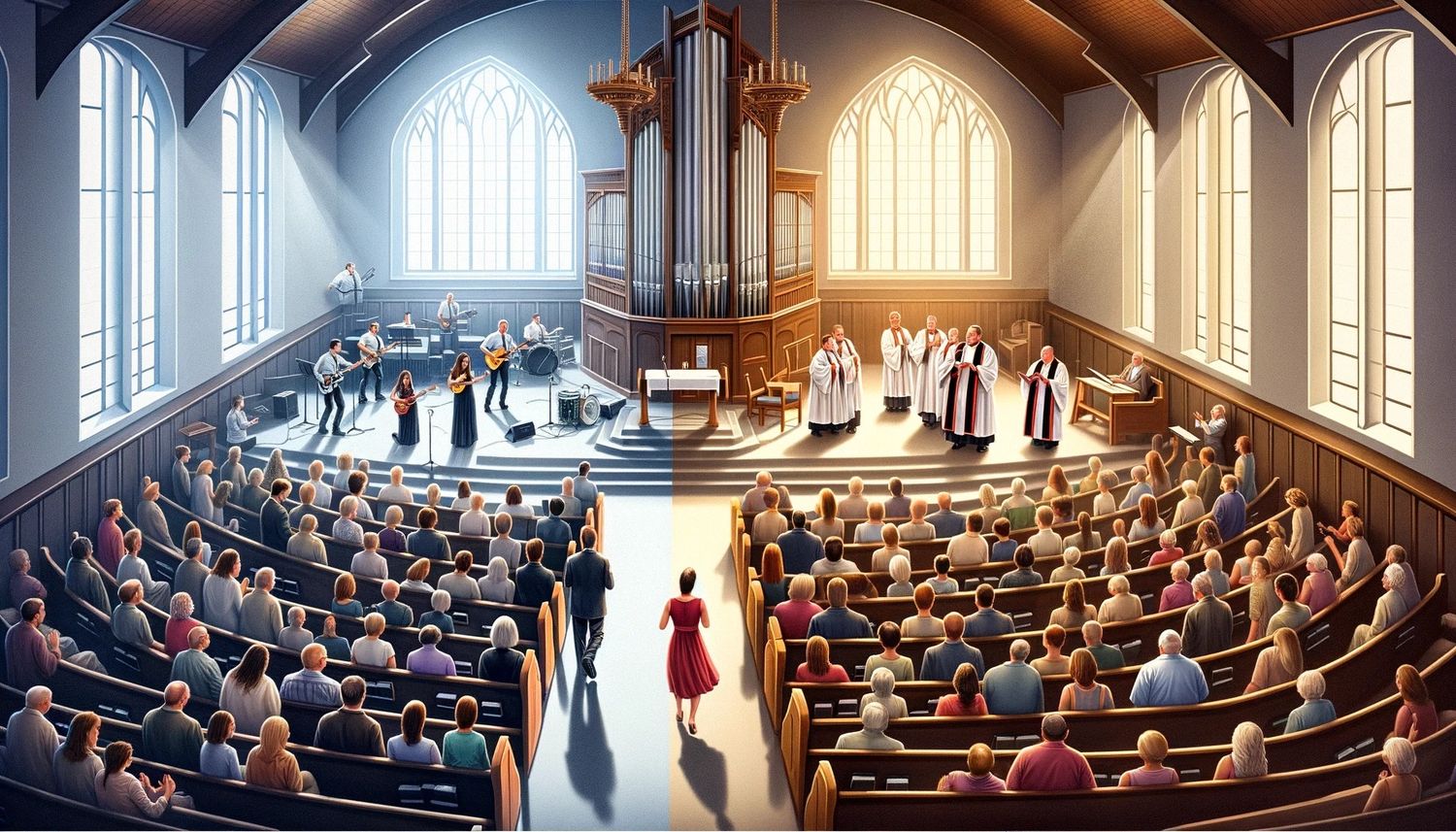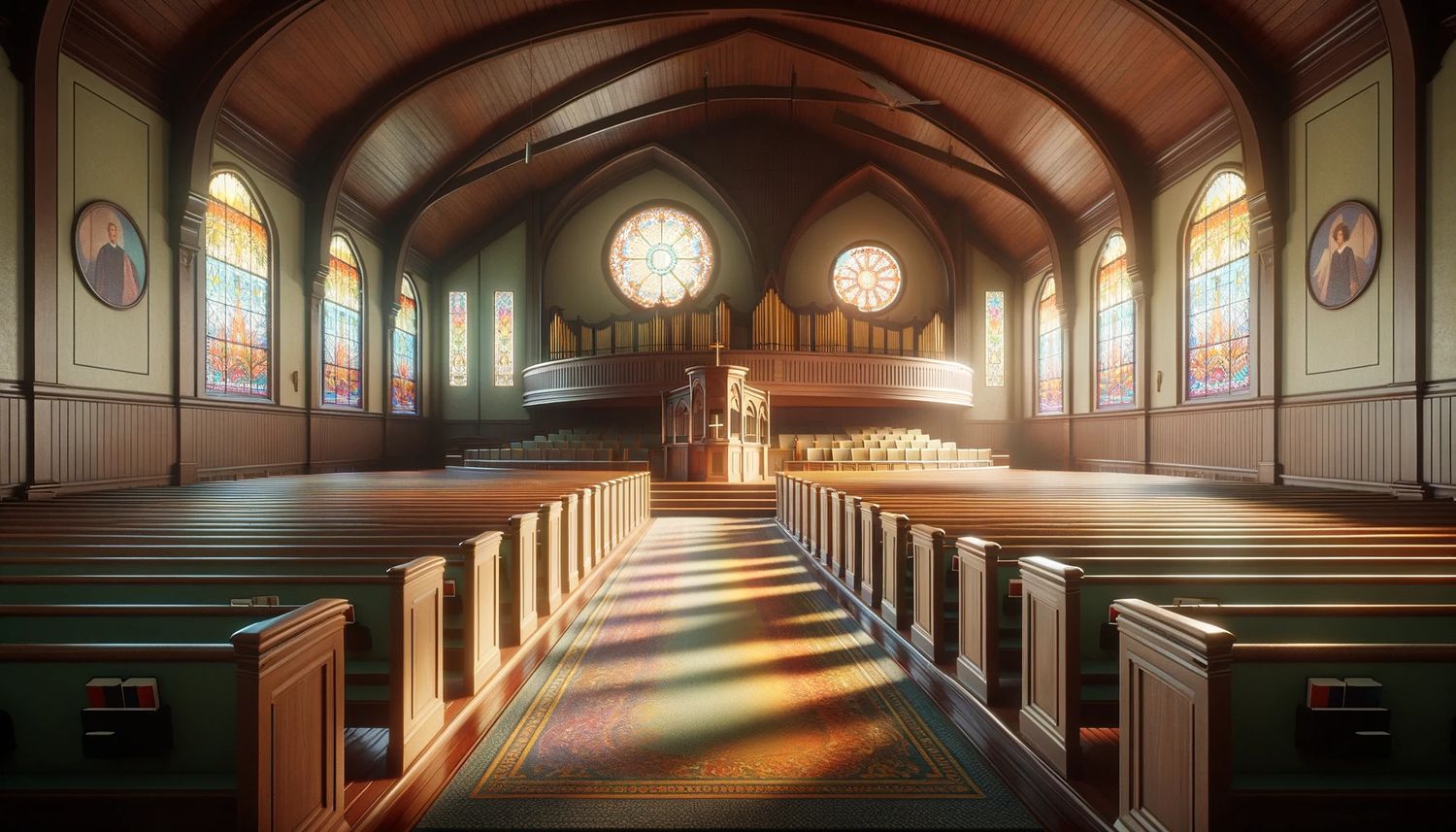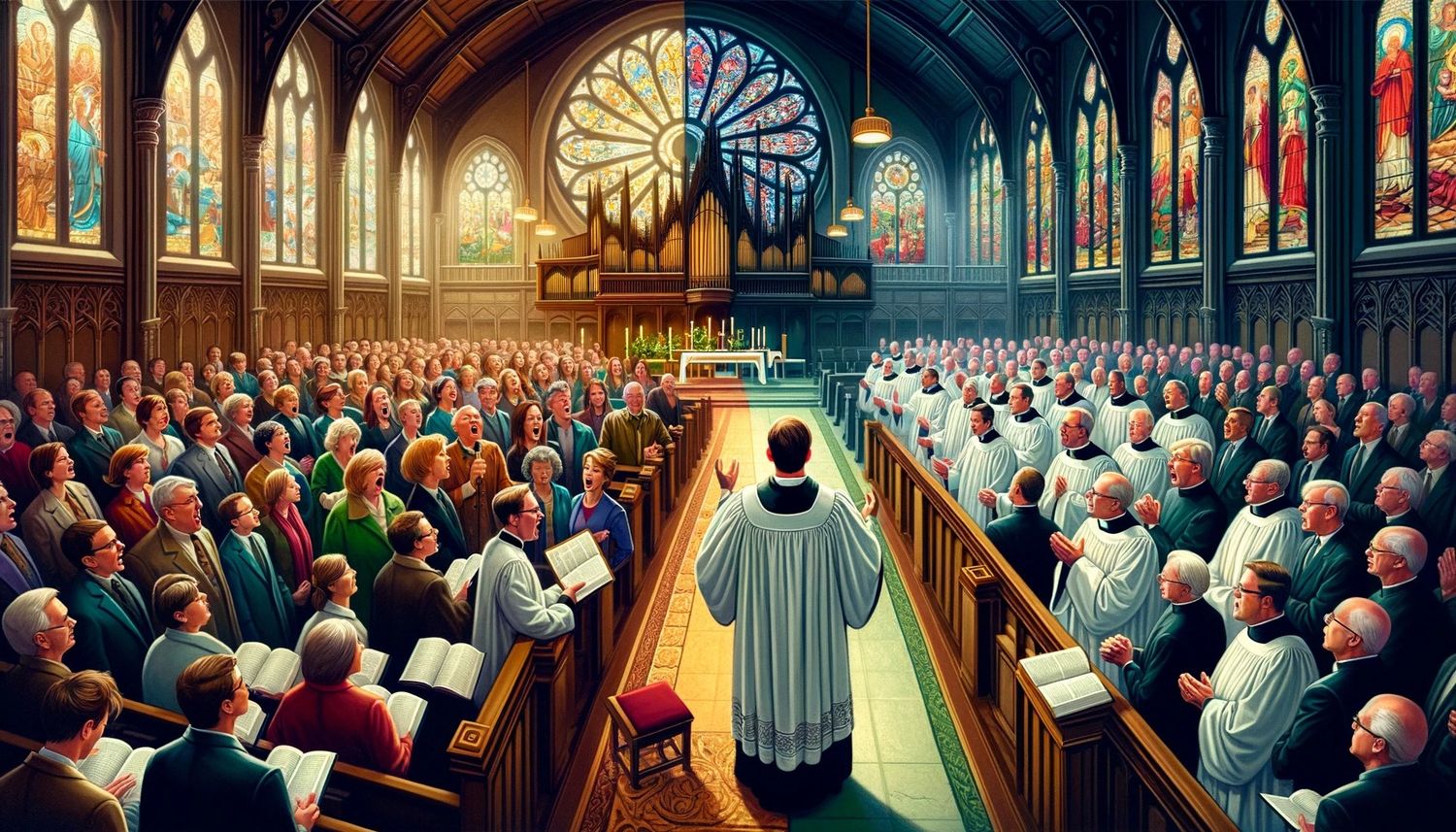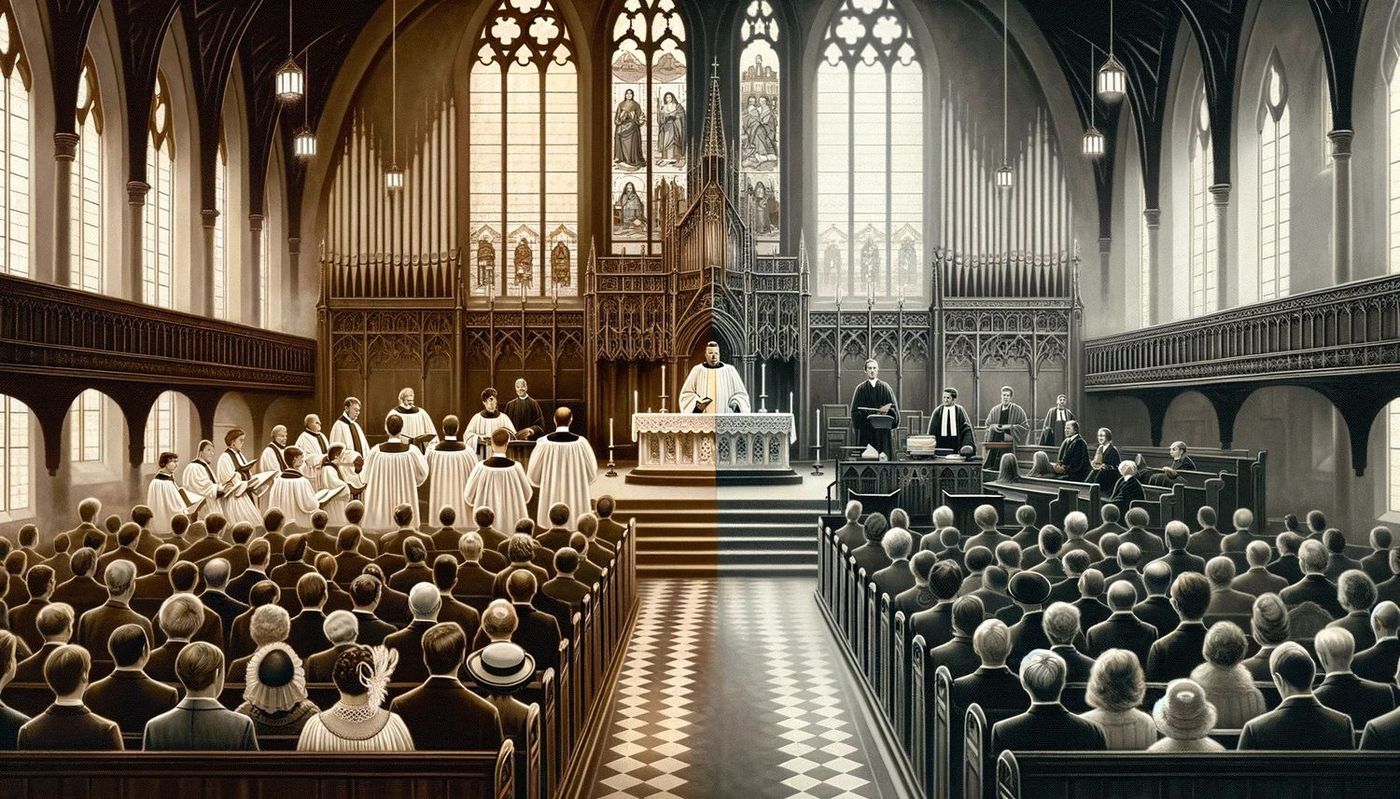Home>Arts and Culture>What Is The Difference Between A Cathedral And A Basilica
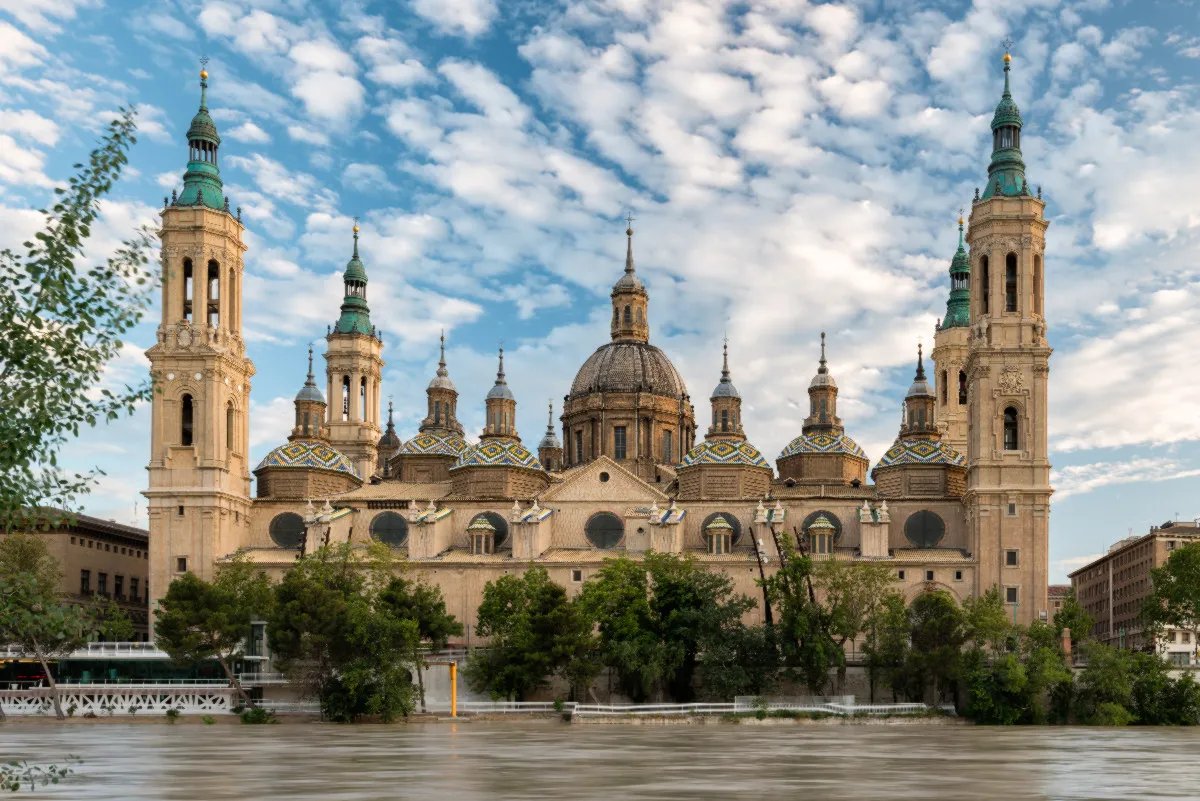

Arts and Culture
What Is The Difference Between A Cathedral And A Basilica
Published: February 10, 2024
Jason DeRose, Managing Editor at Christian.net, uses his expertise in religion and journalism to deepen understanding of faith's societal impacts. His editorial leadership, coupled with a strong academic background, enriches the platform’s diverse content, earning him recognition in both journalism and religious circles.
Discover the nuances between cathedrals and basilicas in the world of arts and culture. Uncover the architectural and historical disparities between these iconic structures.
(Many of the links in this article redirect to a specific reviewed product. Your purchase of these products through affiliate links helps to generate commission for Christian.net, at no extra cost. Learn more)
Table of Contents
Introduction
When exploring the world of architecture and religious structures, one may encounter the terms "cathedral" and "basilica" frequently. These majestic edifices stand as testaments to human creativity, faith, and historical significance. Understanding the differences between a cathedral and a basilica is not only an intriguing journey into architectural and religious history, but it also provides insight into the cultural and spiritual landscapes of various societies.
Cathedrals and basilicas are not merely buildings; they are embodiments of human devotion, craftsmanship, and the evolution of architectural styles across different periods. Each structure tells a unique story, reflecting the beliefs, values, and aspirations of the people who built them. By delving into the distinctions between these two types of religious buildings, we gain a deeper appreciation for the rich tapestry of human civilization and the enduring legacy of architectural marvels.
In this article, we will embark on a captivating exploration of the defining characteristics that set cathedrals and basilicas apart. From their architectural features to their historical significance and cultural roles, we will unravel the intricate layers that distinguish these awe-inspiring structures. By the end of this journey, you will have gained a profound understanding of the nuanced disparities between cathedrals and basilicas, and a newfound appreciation for the profound impact they have had on societies throughout history.
Definition of a Cathedral
A cathedral is a grand and imposing religious structure that serves as the central church of a diocese, typically housing the bishop's official seat or cathedra. This distinguished status as the seat of a bishop endows the cathedral with significant religious and administrative importance within the Catholic Church. The term "cathedral" is derived from the Latin word "cathedra," which translates to "seat" or "throne," symbolizing the bishop's authority and spiritual leadership within the diocese.
Cathedrals are renowned for their awe-inspiring architecture, often characterized by soaring spires, intricate stained glass windows, and ornate sculptures adorning their facades. These architectural marvels are not merely symbols of religious devotion; they also stand as testaments to the ingenuity and craftsmanship of the artisans and builders who constructed them. The design and construction of cathedrals often spanned decades or even centuries, reflecting the unwavering dedication of successive generations to create a structure that transcends the boundaries of time and space.
Furthermore, cathedrals are revered as sacred spaces where religious ceremonies, including ordinations, consecrations, and other significant liturgical events, take place. They serve as focal points for communal worship, drawing congregants from far and wide to partake in spiritual rituals and seek solace within their hallowed halls. The ethereal beauty and solemnity of cathedrals create an atmosphere conducive to contemplation, prayer, and spiritual reflection, fostering a profound connection between individuals and the divine.
In addition to their religious significance, cathedrals often hold immense cultural and historical importance. Many cathedrals are revered as architectural masterpieces, embodying the artistic and engineering prowess of the eras in which they were built. Their preservation and continued relevance in contemporary society underscore their enduring legacy as beacons of faith, art, and human achievement.
In essence, a cathedral transcends its physical presence as a monumental structure; it embodies the collective aspirations, beliefs, and cultural identity of the communities it serves. As a symbol of spiritual authority, architectural splendor, and historical significance, the cathedral stands as a testament to the enduring power of human creativity and devotion.
Definition of a Basilica
A basilica, in the realm of architecture and religious significance, holds a distinct and revered status. The term "basilica" originates from the ancient Greek word "basilike," meaning "royal," reflecting the grandeur and significance associated with these structures. Unlike cathedrals, which are primarily linked to the administrative and spiritual authority of a bishop, basilicas are characterized by their historical, architectural, and ceremonial importance.
Basilicas have a rich historical lineage, with their origins rooted in ancient Rome. Initially, basilicas were public gathering places, serving as hubs for legal and commercial activities, as well as venues for civic and social gatherings. Over time, the Christian church adopted the architectural form of the basilica for its religious purposes, repurposing these grand structures as centers for worship and communal gatherings.
Architecturally, basilicas are distinguished by their spacious, rectangular layouts, often featuring a central nave flanked by aisles and adorned with grand arches and columns. The design emphasizes a sense of grandeur and openness, creating an awe-inspiring ambiance conducive to communal worship and spiritual contemplation. The lofty ceilings and expansive interiors of basilicas evoke a sense of transcendence, inviting visitors to immerse themselves in a sacred and reverent atmosphere.
In the realm of religious significance, basilicas hold a special place within the Catholic Church. The title of "basilica" is an honor bestowed by the Pope, recognizing a particular church's historical, architectural, or spiritual significance. Basilicas designated as "major basilicas" hold particular prominence, with only four located in Rome: St. Peter's Basilica, St. John Lateran, St. Mary Major, and St. Paul Outside the Walls. These major basilicas are revered as pilgrimage sites, drawing devout worshippers and tourists from around the world to witness their grandeur and historical legacy.
Beyond their architectural and religious significance, basilicas serve as repositories of art, history, and cultural heritage. Many basilicas house priceless works of art, including intricate mosaics, majestic altarpieces, and ornate sculptures, offering a glimpse into the artistic achievements of past civilizations. Their historical and cultural resonance extends beyond the realm of religious worship, positioning basilicas as living embodiments of human creativity, spirituality, and communal identity.
In essence, a basilica stands as a testament to the enduring legacy of architectural grandeur, historical significance, and spiritual reverence. Its multifaceted role as a place of worship, cultural heritage, and artistic expression underscores the profound impact of these majestic structures on the tapestry of human civilization. As we delve into the world of basilicas, we embark on a captivating journey through time, culture, and faith, unraveling the intricate layers that define these revered edifices.
Architectural Differences
The architectural disparities between cathedrals and basilicas are profound, reflecting the unique design principles and historical contexts that distinguish these revered structures. While both exhibit grandeur and magnificence, they embody distinct architectural features that set them apart.
Cathedrals, with their towering spires, intricate stained glass windows, and imposing facades, epitomize the epitome of Gothic architecture. The soaring height of cathedrals, often accentuated by slender columns and pointed arches, creates a sense of verticality and ethereal beauty. The intricate tracery of the stained glass windows allows radiant light to filter into the sacred space, casting a kaleidoscope of colors that infuse the interior with a celestial glow. The exterior of cathedrals is adorned with elaborate sculptures and ornate carvings, depicting religious narratives and symbolic motifs that enrich the visual tapestry of the edifice.
In contrast, basilicas are characterized by their spacious, rectangular layouts, featuring a central nave flanked by aisles and adorned with grand arches and columns. The emphasis on horizontal expanse creates a sense of openness and grandeur, inviting congregants to immerse themselves in the vastness of the sacred space. The lofty ceilings of basilicas, often adorned with intricate frescoes or ornamental details, evoke a sense of transcendence and spiritual elevation. The architectural design of basilicas emphasizes a harmonious balance between grandeur and accessibility, creating an ambiance conducive to communal worship and contemplation.
Furthermore, the exterior of basilicas often features imposing colonnades or porticoes, adding a sense of grandeur and stateliness to the facade. The symmetrical layout and monumental scale of basilicas convey a sense of stability and permanence, reflecting the enduring nature of their spiritual and cultural significance.
In essence, the architectural differences between cathedrals and basilicas encapsulate the diverse expressions of human creativity, spirituality, and cultural identity. While cathedrals soar skyward, reaching for the heavens with their intricate details and vertical emphasis, basilicas exude a sense of expansive grandeur and timeless elegance. These architectural nuances not only enrich the visual landscape of religious structures but also offer profound insights into the historical, cultural, and spiritual contexts that have shaped these magnificent edifices.
Purpose and Function
The purpose and function of cathedrals and basilicas extend far beyond their architectural grandeur, delving into the realms of spirituality, communal worship, and cultural significance. These revered structures serve as more than mere edifices; they embody the collective aspirations, beliefs, and traditions of the communities they serve.
Cathedrals, as the central churches of dioceses, hold a pivotal role in the spiritual and administrative life of the Catholic Church. They are not only places of worship but also serve as the seat of the bishop, symbolizing the spiritual authority and leadership within the diocese. As such, cathedrals are venues for significant religious ceremonies, including ordinations, consecrations, and other liturgical events that mark pivotal moments in the life of the Church. They provide a sacred space for communal worship, fostering a sense of unity and spiritual connection among congregants. The cathedral's function as a hub for religious activities extends to its role as a center for pastoral care, education, and outreach, serving as a beacon of faith and guidance for the local community.
In contrast, basilicas, with their historical and architectural significance, serve as centers of pilgrimage, cultural heritage, and artistic expression. The title of "basilica," bestowed by the Pope, signifies the church's exceptional historical, architectural, or spiritual importance. As pilgrimage sites, basilicas draw devout worshippers and tourists from around the world, offering them a profound spiritual experience and a glimpse into the rich tapestry of religious and cultural heritage. Beyond their religious function, basilicas house priceless works of art, including intricate mosaics, majestic altarpieces, and ornate sculptures, serving as repositories of human creativity and cultural expression.
Both cathedrals and basilicas play pivotal roles in preserving and transmitting the cultural and spiritual heritage of societies across generations. They stand as living testaments to the enduring power of faith, art, and human achievement, inviting visitors to embark on a journey through time, culture, and spirituality. In essence, the purpose and function of cathedrals and basilicas transcend their physical presence, enriching the lives of individuals and communities through their profound spiritual, cultural, and historical significance.
Historical Significance
The historical significance of cathedrals and basilicas is deeply intertwined with the tapestry of human civilization, reflecting the evolution of religious, cultural, and architectural traditions across centuries. These revered structures stand as living chronicles of the triumphs, tribulations, and enduring legacies of societies throughout history.
Cathedrals, with their towering spires and intricate Gothic architecture, bear witness to the medieval era, a time of profound religious fervor, artistic innovation, and societal transformation. The construction of cathedrals often spanned generations, serving as monumental endeavors that united communities in a shared vision of spiritual and architectural splendor. The intricate carvings, majestic stained glass windows, and soaring vaulted ceilings of cathedrals encapsulate the artistic and engineering prowess of the medieval craftsmen, leaving an indelible mark on the cultural landscape of Europe and beyond.
Furthermore, cathedrals played pivotal roles in the political, social, and religious dynamics of their respective regions. As centers of spiritual authority and communal worship, cathedrals wielded significant influence, shaping the beliefs, values, and aspirations of the societies they served. They stood as symbols of civic pride and spiritual devotion, embodying the collective identity and cultural heritage of their communities.
In the case of basilicas, their historical significance extends to the ancient roots of Roman architecture and the enduring legacy of Christian adaptation. The transition of basilicas from public gathering places in ancient Rome to revered centers of Christian worship reflects the dynamic interplay between pagan and Christian traditions, marking pivotal moments in the cultural and religious evolution of Western civilization.
The designation of basilicas as pilgrimage sites and repositories of artistic treasures underscores their enduring impact on the cultural and spiritual landscapes. Pilgrims from far and wide embarked on transformative journeys to witness the grandeur of basilicas, seeking spiritual solace and cultural enrichment. The artistic treasures housed within basilicas, including awe-inspiring mosaics, majestic altarpieces, and ornate sculptures, offer glimpses into the artistic achievements and cultural expressions of past civilizations, enriching the historical tapestry of human creativity and spiritual devotion.
In essence, the historical significance of cathedrals and basilicas transcends their roles as religious edifices; they stand as living embodiments of human ingenuity, faith, and cultural heritage. Their enduring legacy resonates through the annals of history, inviting us to embark on a captivating journey through time, culture, and spirituality, unraveling the intricate layers that define these revered edifices.
Conclusion
In conclusion, the distinctions between cathedrals and basilicas encompass a rich tapestry of architectural grandeur, historical significance, and spiritual reverence. These revered structures stand as living testaments to the enduring legacy of human creativity, faith, and cultural heritage. The cathedral, with its towering spires, intricate stained glass windows, and imposing presence, embodies the pinnacle of Gothic architecture and serves as the central church of a diocese, symbolizing the spiritual and administrative authority of the bishop. In contrast, the basilica, with its spacious layout, grand arches, and historical resonance, reflects the ancient roots of Roman architecture and the enduring legacy of Christian adaptation, serving as a center of pilgrimage, cultural heritage, and artistic expression.
The architectural disparities between cathedrals and basilicas encapsulate the diverse expressions of human creativity, spirituality, and cultural identity. While cathedrals soar skyward, reaching for the heavens with their intricate details and vertical emphasis, basilicas exude a sense of expansive grandeur and timeless elegance. These architectural nuances not only enrich the visual landscape of religious structures but also offer profound insights into the historical, cultural, and spiritual contexts that have shaped these magnificent edifices.
Furthermore, the purpose and function of cathedrals and basilicas extend far beyond their architectural grandeur, delving into the realms of spirituality, communal worship, and cultural significance. Cathedrals serve as the spiritual and administrative hubs of dioceses, fostering unity, guidance, and pastoral care within the community. Basilicas, on the other hand, beckon pilgrims and art enthusiasts from around the world, offering profound spiritual experiences and a glimpse into the rich tapestry of religious and cultural heritage.
The historical significance of cathedrals and basilicas is deeply intertwined with the tapestry of human civilization, reflecting the evolution of religious, cultural, and architectural traditions across centuries. These revered structures stand as living chronicles of the triumphs, tribulations, and enduring legacies of societies throughout history. From the medieval craftsmanship of cathedrals to the ancient roots of basilicas, each edifice weaves a narrative that transcends time, inviting us to embark on a captivating journey through the annals of history, culture, and spirituality.
In essence, the distinctions between cathedrals and basilicas offer a profound understanding of the nuanced disparities between these awe-inspiring structures, enriching our appreciation for the profound impact they have had on societies throughout history. As we unravel the intricate layers that define these revered edifices, we gain a deeper appreciation for the rich tapestry of human civilization and the enduring legacy of architectural marvels.
